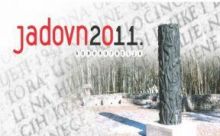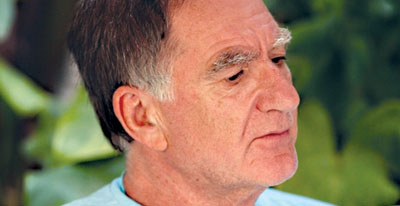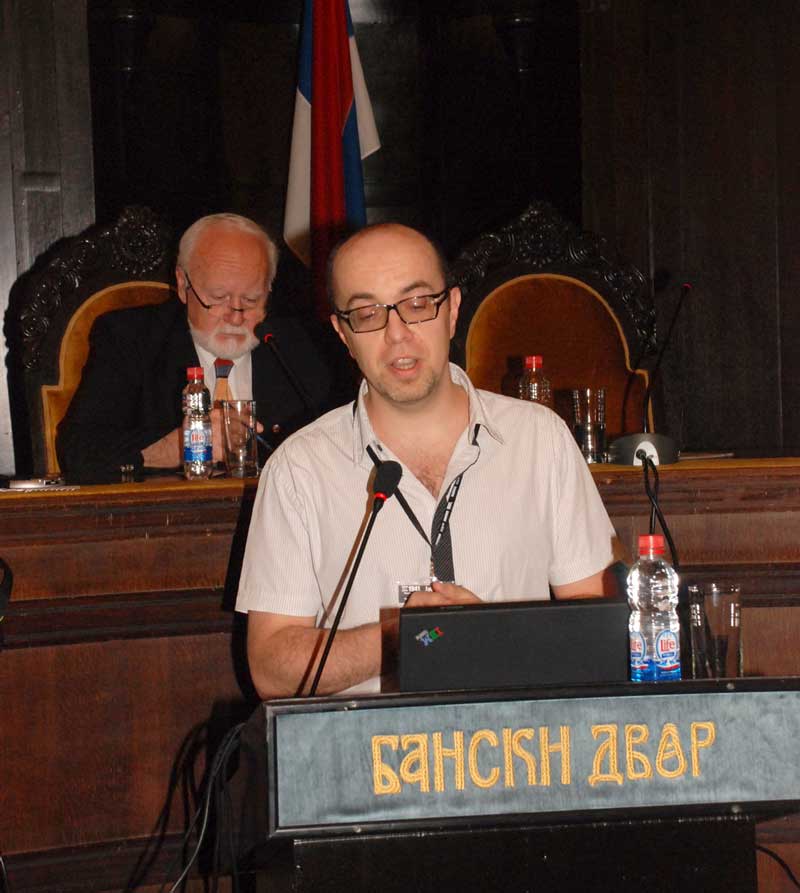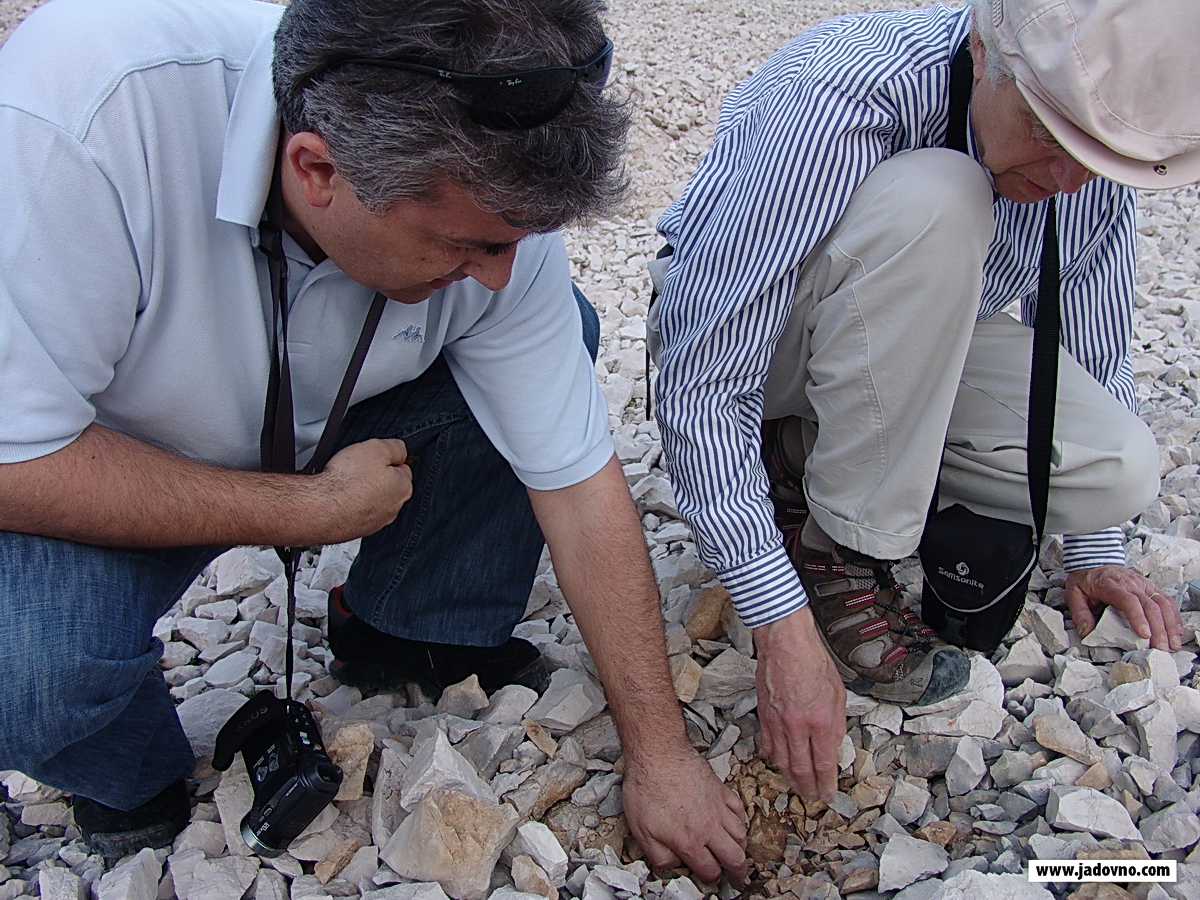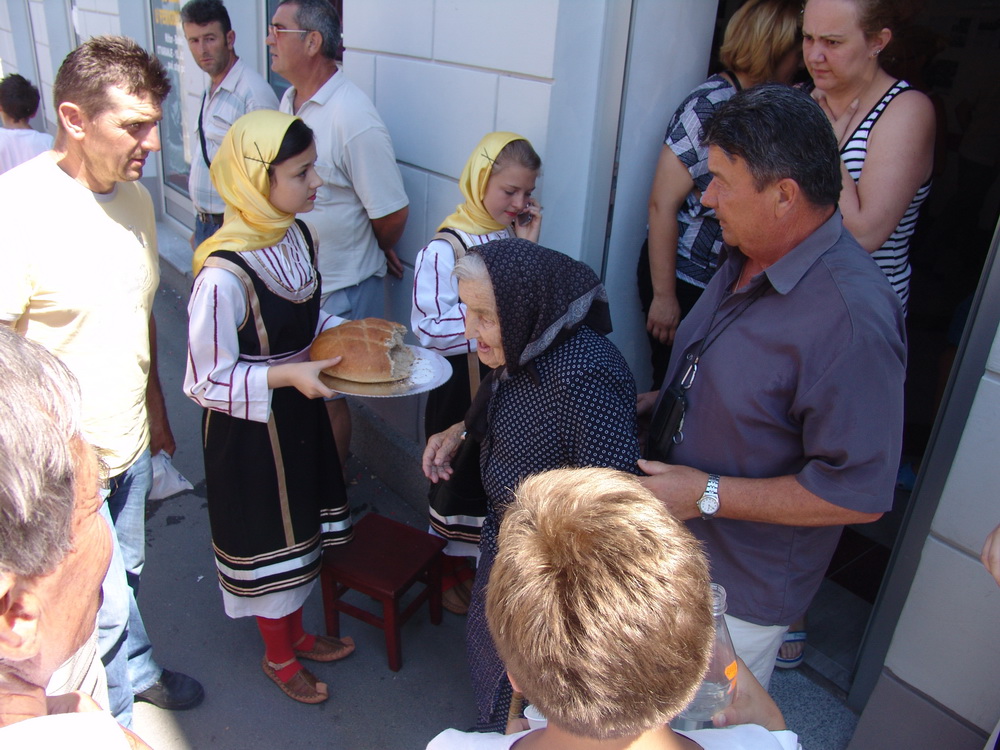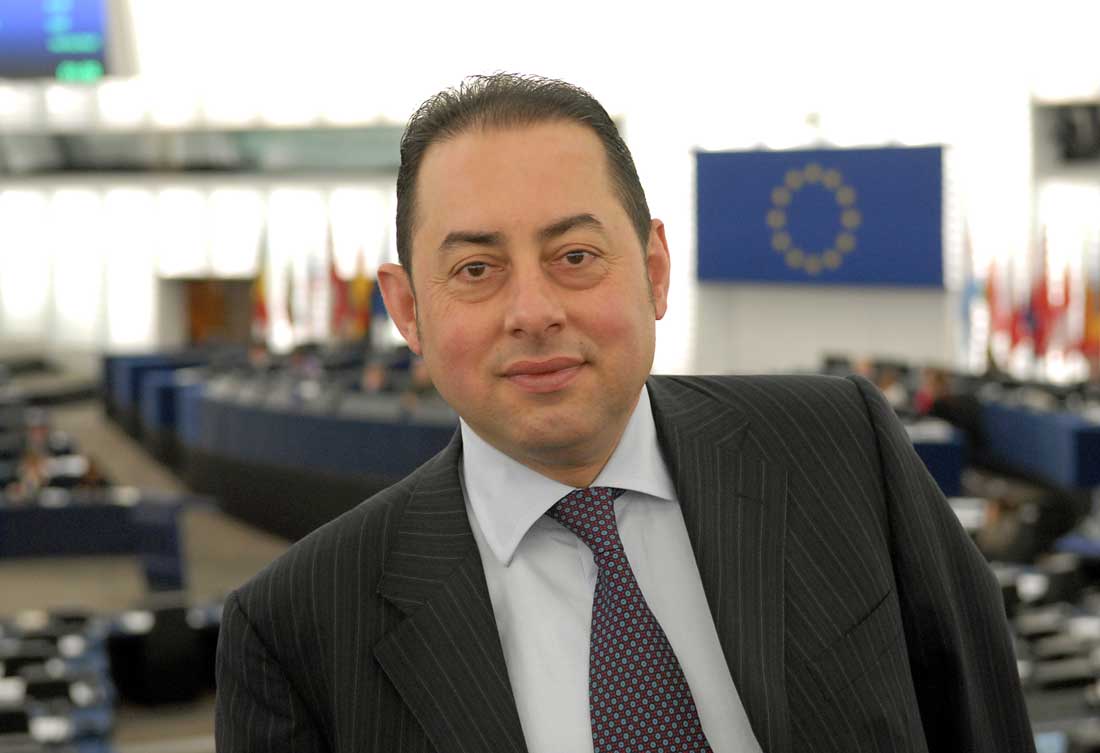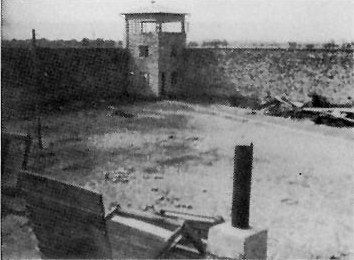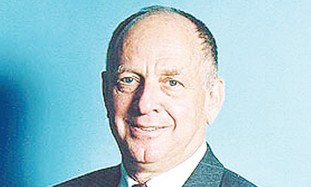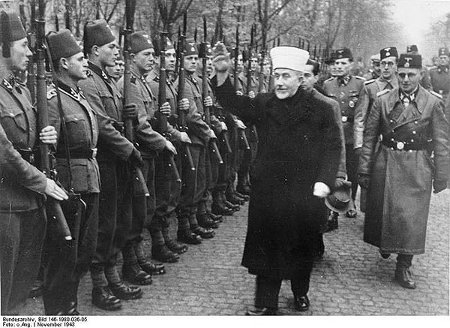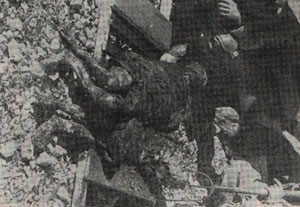Zrće beach near a 1941 camp: Croatian Ibiza near crime site
Ћирилица By Nikola Salapura BANJA LUKA – Dušan Bastašić, President of the Citizens Association “Jadovno 1941” from Banja Luka, is bitter because of the attitude of Croatian authorities towards the Second World War execution sites and warns that Zrće beach on the island of Pag, called “Croatian Ibiza” and a place to have fun, is located not far from former camps. Thousands of tourists from Croatia, Serbia, B&H, Europe and the world visit Zrće every year, however, most of them do not know that on that very island, near the beach, were concentration camps in the Second World War. “What people don’t know is that Zrće is about eight kilometres

